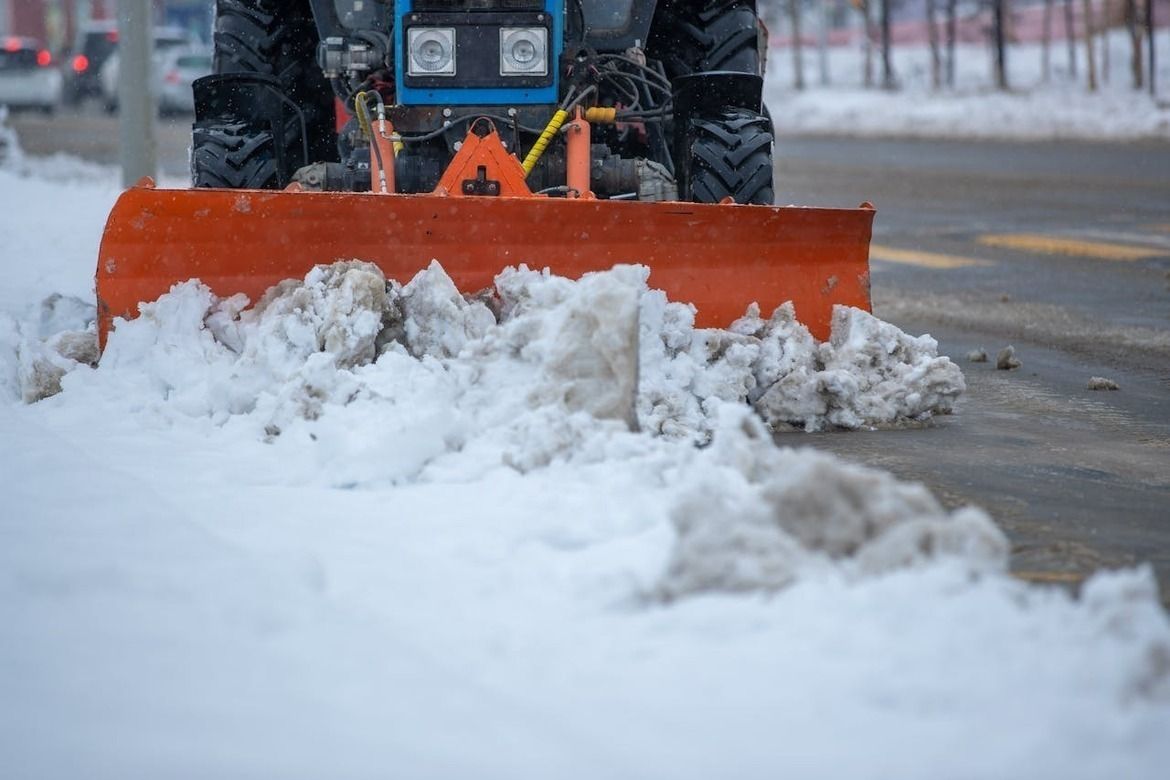What Property Owners and Snow Removal Businesses Need to Know
By Frank Mercurio, Commercial Lines Agent
If you own commercial property in Michigan—or operate a business that handles snow and ice removal in the winter—there’s an important legal change you should know about.
In 2023, the Michigan Supreme Court issued two high-profile decisions involving slip-and-fall claimants and large corporate property owners. Those rulings effectively overturned the long-standing “open and obvious” rule that had, for years, protected property owners from many types of liability claims.
Under the old rule, if a hazard such as ice or snow was plainly visible and obvious, the property owner typically wasn’t held responsible for an injury. The logic was simple: In Michigan, everyone knows winter means slippery conditions; so it was up to individuals to watch where they walked and take the requisite care (with dress, shoes, gait, path, etc.).
That’s no longer how it works.
As of 2023, property owners can now be held responsible even when a hazard is clearly visible, depending on whether they took reasonable steps to make their premises safe. In other words, the courts shifted more of the responsibility to property owners—and, in many cases, to the contractors who maintain their properties during the winter months.
What This Means in Practice
Consider the owner of a professional snow removal company that services several commercial sites. Under this new scenario, the business owner should be very disciplined about documentation, as a way of protecting both the individual and the company from frivolous lawsuits from slip-and-fall claimants. In other words, every job should be photographed, timestamped, and logged, cross-referenced with that day’s weather conditions (tracked by an app that catalogues each day’s weather conditions and events by the hour).
Imagine how that diligence might pay off. This coming winter, for example, such a snow removal contractor could potentially receive multiple slip-and-fall claims against properties the company services—especially as individuals and their attorneys become aware of the court ruling and change in statute. Because company records would clearly show when the team is onsite and when all work was completed properly, the company and its owner(s) would be able to have such claims dismissed almost immediately.
It’s a perfect example of how strong documentation can make all the difference under the new legal standard. Without that proof, it becomes one person’s word against another’s. And that’s never where you want to be.
For Property Owners: Stay Proactive
If you own or manage a commercial property, this change means you can’t rely on the “common sense” argument anymore. The question is no longer whether a patch of ice was obvious—it’s whether you took reasonable action to address it.
That means:
Ensuring your snow and ice removal contractors respond promptly and thoroughly.
Keeping records (and photographs!) of when and how conditions were treated.
Reviewing your contracts with snow removal services carefully—many push liability down to the snow removal company.
If you’re unsure how that liability flows, talk to your insurance agent. It’s critical to understand what your policy covers and what it doesn’t.
For Snow and Ice Removal Companies: Protect Your Business and Your Livelihood!
For contractors, this shift in liability means more risk…and more need for documentation. If a property owner is sued, the claim often gets passed down to the snow removal company through stated terms in the contract.
Here are some key steps you can take to protect yourself:
1. Document every job.
Take photos before and after each visit, timestamp them, and keep detailed notes about the weather and what work was done.
2. Use technology to help.
Many snow removal apps now log temperatures, precipitation, and service times automatically. This gives you a verifiable digital record if a claim comes up later.
3. Communicate and confirm.
If conditions change—like a sudden refreeze or more snow after you’ve finished—notify your client right away and keep a record of that communication.
4. Review your contracts and coverage.
Most property owners require contractors to carry their own insurance and shift liability through the contract language. Work with your agent to make sure your insurance matches your exposure.
5. Train your crews.
Your employees should understand how critical documentation and follow-through are to protecting the business.
Winter Is Coming…Plan Accordingly
As these rulings filter down into everyday practice, we’re likely to see more slip-and-fall claims filed against property owners, and in turn, more of them being passed to snow and ice removal companies. Most of these claims may be minor, but even small cases can create significant time and expense if you’re not prepared.
The best defense is a good process: thorough documentation, clear communication, and an understanding of where your liability begins and ends with respect to your insurance policies and service contracts.
Michigan’s courts have effectively ended the automatic “open and obvious” defense that property owners used to rely on. The new expectation is reasonable care—and the proof to back it up.
If you’re a property owner, make sure you’re partnering with a reliable, well-insured contractor. If you’re a contractor, make sure your documentation, contracts, and coverage are strong enough to protect you.

